Opening Prayer
Lord Jesus, as we embark on a new calendar year, help us, we pray, to develop an even stronger appreciation and love for your Blessed Mother. Send your Spirit into our hearts to foster and unleash a love for her as you have, a respect for her as you have, a devotion to her as you have, and an intimacy with her as you have. In your holy name, we pray. Amen.
First Reading: Numbers 6:22–27
Responsorial Psalm:
Psalm 67:2–3, 5, 6, 8
Second Reading: Galatians 4:4–7
Gospel: Luke 2:16–21
Challenge for the Week
The Hail Mary is such a standard Catholic prayer that we sometimes take it for granted. In an effort to honor our Blessed Mother this week, make the commitment to pray a Rosary each day, or at least a decade. Slow down when praying the Hail Marys and, entering into the words reverently and thoughtfully, ask the Blessed Virgin to hold you close to her Immaculate Heart as you move through it.
Journal
1. By virtue of your baptism, you are able to call upon God as your Father. Is that something you reflect on often? Is it difficult to fully wrap your head and heart around God as your Father? Explain.
2. What role has the Blessed Virgin Mary played in your faith life up until now? Has it been significant or subtle? Reflect and share about it.
3. What are a few ways you can better celebrate the family of God in your life? How can you change and deepen your relationship with your brothers and sisters in Christ?
Beyond Words
Family matters . . . always has, always will. As much as we love and respect our own families and extended families in the modern day, it likely pales in comparison to how revered families were in the Mediterranean world in the time of Jesus. Parents were held in high regard and deep respect. Children took their family obligations very seriously. The readings for this solemnity, which celebrates the motherhood of Mary, call upon family structures.
In the first reading, we hear about Moses’s brother Aaron (the priest) and his family. Aaron’s sons, also priests, are being instructed to bless the Israelites. We see not only the priestly blessing at work here but also God’s invocation of peace upon his people through the priests. The psalmist praises God’s graciousness and blessing and beseeches everyone to join in. We see echoes of these admonitions of praise directed to God still today in our priestly prayers and blessings at Holy Mass.
The second reading to the Galatians, too, maintains the familial theme: God sends his Son through a woman (mother) so that we would receive a spirit of adoption as children that we might call out, “Abba!” (father). God is using St. Paul to explain to the Galatians that it is through baptism, not circumcision or mere adherence to the Law, that we become children of God.
This same truth is on display in the gospel when we see the shepherds visiting the Holy Family, representing the (now) extended family of God through their newborn son, Jesus. We hear, too, about Jesus’s circumcision, which represents his full inclusion into God’s covenant people. As with Jesus’s baptism later, though the Son of God did not “need” to go through the ritual, he did so as an example of the family’s solidarity with and honor for the faith. St. Luke reminds us, too, of how the Blessed Virgin “kept all these things in her heart” as any good mother would, being present to every event as it unfolded. Therefore, we the extended family of God—give praise and thanks, this day, for our Blessed Mother, Mary.
Related Fact
St. Luke makes mention of the Holy Family placing the infant Jesus in the manger. For the last several weeks, homes and churches the world over have displayed the creche (nativity set) as a way of visually and prayerfully entering into the Nativity of our Lord, but St. Luke makes no mention of the ox or ass included in most displays. Nevertheless, St. Luke’s allusion to the manger is not only historical but also scriptural. It reminds the reader of a prophecy from Isaiah that says the manger will be flanked by ox and ass (Is 1:3), foreshadowing Bethlehem.
Behind the Scenes
Today’s gospel briefly mentions circumcision on the eighth day of Jesus’s life. Given the sensitivity of the procedure, it is not often discussed at length in conversations about the faith and (perhaps rightly) is glossed over in most homilies. Understanding the background and significance of circumcision, though, can be helpful. On the eighth day of life, Jewish boys were circumcised in adherence to God’s covenant with Abraham back in Genesis. It was an outward sign of belonging to God’s family. It represented obedience and fideli-
ty to God’s covenant law, and it was taken very seriously. After Christ rose and his message of mercy and salvation was opened to all people—not just Jews—certain communities (like the one in Galatia) understandably had questions. Must a Christian be circumcised to become part of God’s covenant family? The Jews who had been circumcised naturally thought yes, while those adults seeking to become part of God’s family were less than enthused. St. Paul explains that baptism in Christ would now accomplish what circumcision originally represented—full entrance, admittance, and acceptance into God’s covenant family. This apostolic decision demonstrated that Christ’s Church was something new. While it had its roots in Judaism, it was distinct from all of its original laws and precepts. Our baptism would signify the circumcision of heart we must all undergo, but the outward sign was no longer necessary.
Word Play
The psalmist proclaims that “the ends of the earth may revere him.” The term revere (from which we get the derivative, reverence) is from the Latin revereri (re denoting “great force” and vereri, “to fear”). When we revere God or show reverence, it is born out of deep respect and a healthy fear of the Lord.
This excerpt from One Sunday at a Time: Preparing Your Heart for Weekly Mass (Cycle B) is reprinted with permission of Ave Maria Press.



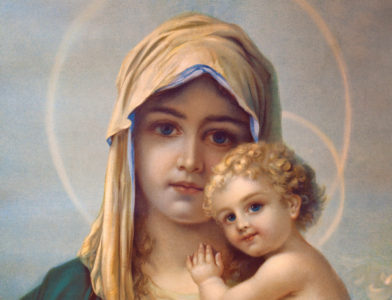
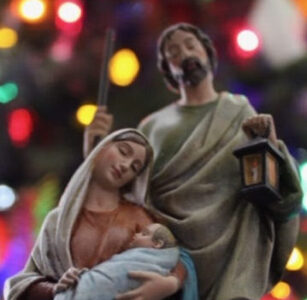


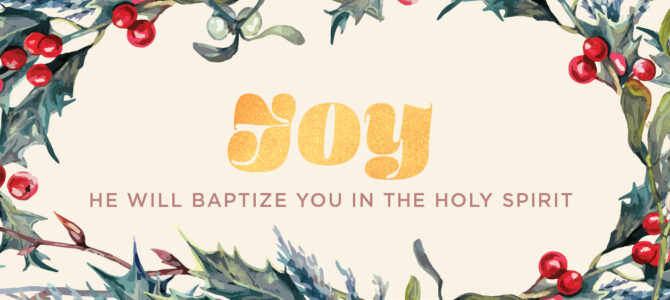



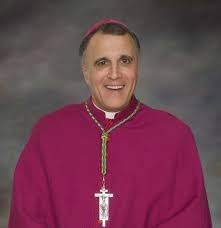
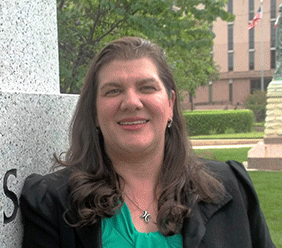

 Kimberly Kay Cox
Kimberly Kay Cox






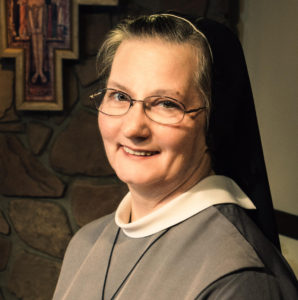
 Mark Mogilka
Mark Mogilka




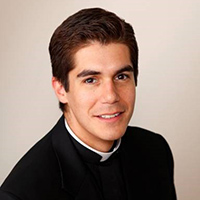
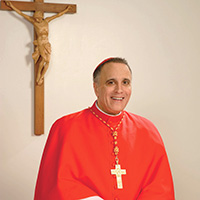








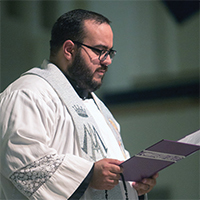





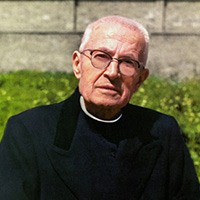




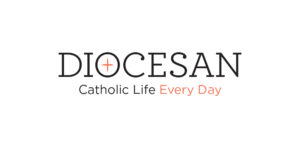


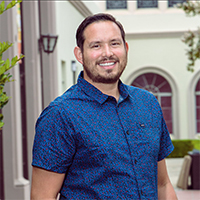
 Armando Cervantes
Armando Cervantes Anna Betancourt
Anna Betancourt
 Andrea Chavez-Kopp
Andrea Chavez-Kopp